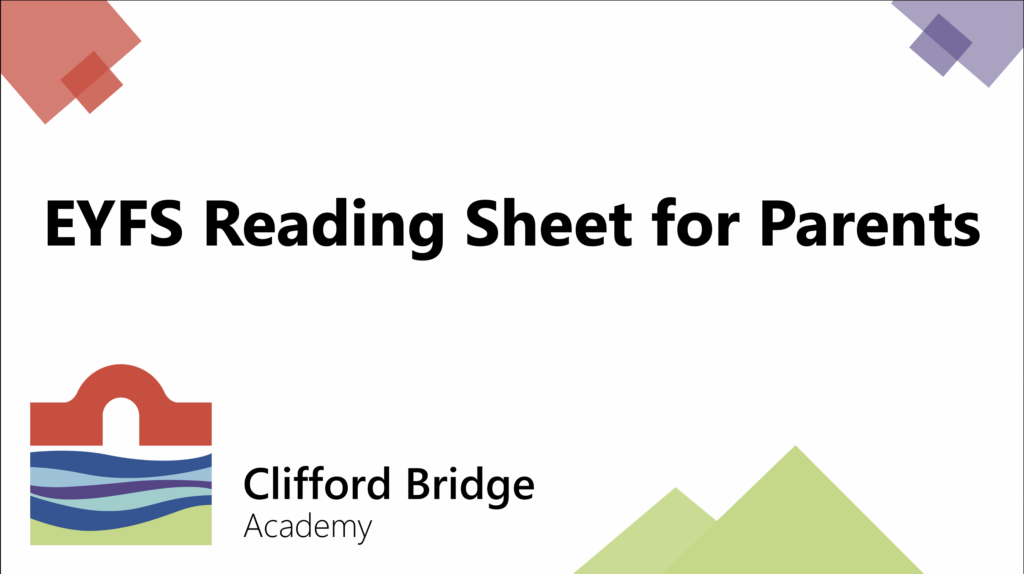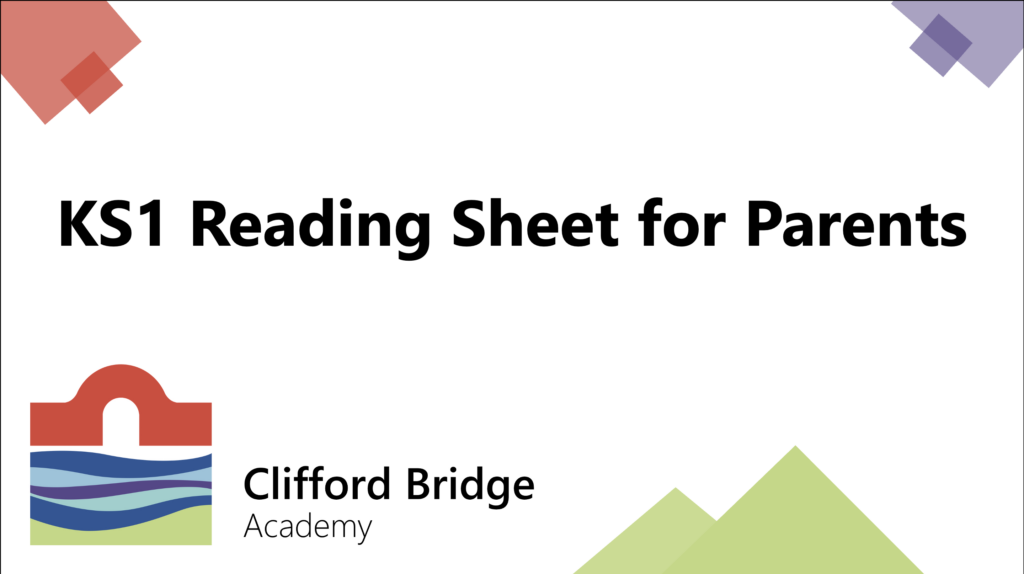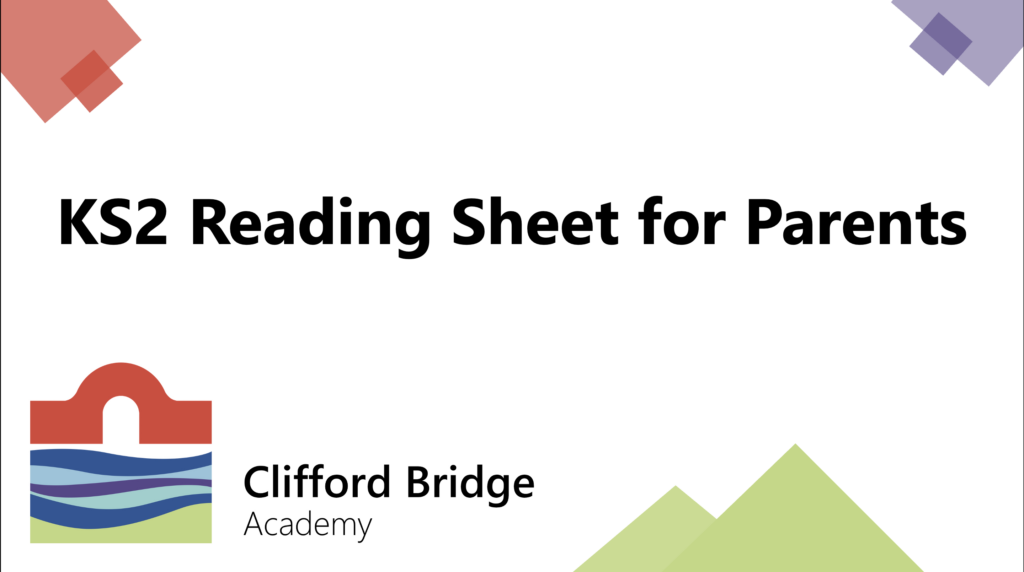Supporting reading at home



Reading together at home is one of the easiest but most important ways in which you can help your child. As you share books you are helping improve your child’s reading skills and showing them how important and enjoyable reading is. We have a diverse range of books to support your child’s reading within the school, and this will enable your child to experience a range of authors and styles of books including non-fiction and poetry. In terms of reading, we want children to be able to:
- Enjoy reading and see it as a pleasurable leisure activity, as well as a means of following instructions and finding things out.
- Have the reading skills necessary to read a range of text types for pleasure and for information.
5 Ways to Share a Story
1. Take breaks while reading
You don’t have to read an entire book in one go. Even if it’s only a couple of minutes at a time, it will still be beneficial. Having breaks allows children to build up the mental stamina they need to read for longer stretches of time.
2. Build reading into your child’s daily routine.
You will know the best time to read. Perhaps your child has most energy in the morning so a few minutes before school is best. Or maybe, a bedtime story would be more suitable. Whenever it is, build it into your child’s routine so they know when to expect it.
3. Choose a book which will interest your child.
Let your child choose the books they read. Whether your books are owned or from the library, keep them on a shelf which your child has access too. It’s okay for them to read the same books over and over again. It will help younger children to understand and recognise words and how language is structured. When reading the book, let them turn the pages, skip pages, go back pages. Try to talk about the book too.
4. Using technology
When used appropriately, books on tablets can help with reading too. Use apps to read e-books and listen to audio books, perhaps when you’re in the car.
5. Pictures tell a story too
If your child isn’t confident with their reading, use the pictures to help tell the story. Ask questions about the pictures – what can they see? What is the character doing? What might happen next?

